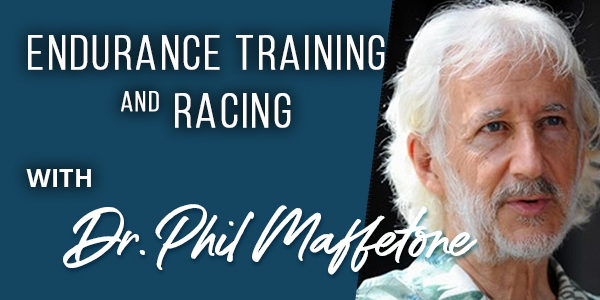
When running shoes become performance-enhancing devices, they also may come with added risks
As a high-school cross-country and track coach, I work with young athletes who often get caught up in the hype of the latest equipment and styles — including running shoes.
I first heard about so-called “super shoes” during last fall’s cross-country season. One of the top competitors on another school’s team had a pair. He was seen wearing them to warm up, but not in the actual race because he was concerned he might be disqualified. These shoes are equipped with thick foam and carbon propulsion plates.
This was right about the same time Eliud Kipchoge broke the two-hour marathon barrier — wearing the Nike Alphafly and using other unfair advantages such as motor pacing and a closed course. Of course this new “record” is unofficial. The Alphafly was subsequently banned by World Athletics, the international governing body for running sports (formerly the International Amateur Athletic Association, or IAAF).
But this rule has yet to trickle down to citizens running events, such as the World Marathon Majors, or state governing organizations for high school sports. And, well, Nike was ready for that eventuality with modified Vaporfly models already on the shelves — with slightly lower stack heights and fewer propulsion plates. Other shoe brands are now introducing their own versions of the super shoe, as well. What’s a coach to do?
My runners want these shoes. Why wouldn’t they? They come with “independent tests” purportedly showing up to 4 percent improvements in running performance. Plus, their flashy appearance exudes a certain glamor appeal that runners rarely experience in their sport.
Last spring at a regional rules meeting hosted by the Colorado High School Activities Association I brought up the subject of these shoes with the refs. None of the refs were aware of this looming issue. Likewise, only a couple of other coaches had even heard of these shoes. By the way, I also learned at this meeting that it’s against the rules to race barefoot or in running sandals.
Xero Shoes: A barefoot success story
Subsequently, the COVID-19 pandemic shut down practice and then the entire track season. This was followed by the cancellation of running events across the country, including the Boston Marathon. When cross-country season rolled back around, coaches and athletes found themselves facing an uncertain autumn. And my top athlete showed up in a pair of “ZoomPoofies.” Within two weeks he was injured.
My concerns about super shoes are many. For starters, we do not allow Performance-Enhancing Drugs (PEDs) for the reasons of unfair advantage and negative effects on health. I would argue that these types of shoes, if they truly offer an advantage as indicated by independent research, are Performance-Enhancing Devices (also “PEDs”). Like drugs, they may give runners an unfair edge and also possibly could impact an athlete’s heath.
Dr. Phil Maffetone has been extensively researching, studying and warning about the dangers of over-cushioned and over-supported shoes since the trend toward thicker soles began in the 1980s. He also wrote the first book on this topic as well as barefoot running, in addition to several articles on this website.
Some findings from Dr. Maffetone’s work to consider:
- Scientific studies have shown shoes like these to negatively impact natural running form and increase footstrike forces.
- Research has associated thicker midsoles with higher rates of injury in athletes participating in a variety of sports and even in sedentary people.
- Thick soles are also linked to higher incidence of falls.
Additionally, from a coach’s standpoint, my concerns include:
- In track or on cross-country courses these shoes may be a safety issue due to instability in corners or on uneven terrain.
- These shoes are relatively expensive and could give an advantage to those who are economically more fortunate.
- How will we adjust for records, or even qualifying times, if athletes are using PEDs to achieve 3-4 percent faster times?
- The design of some models is so ostentatious as to bring up the question of whether there are an “adornment,” typically not allowed in high-school sports.
As a coach I can’t dictate what shoes my athletes choose. I can only offer information such as I have done here. Plus, why would I want my runners to be at a disadvantage if their competitors are using these shoes and they truly affect performance?
So how do I plan to deal with super shoes as a coach? For now, if my runners want to race in super shoes, I will encourage them to do most of their training in their regular running shoes, with a couple of short “neurological” workouts in the thicker soles during the week to get them accustomed to the feel. Other than that I would suggest they wear them only for their events.
As for my top runner? He went back to flat racing spikes for his first meet and won with a late kick!
For now super shoes are not against the rules, nor is there any stigma attached to them. Remember when tobacco companies promoted cigarette-smoking as enhancing exercise performance? While tobacco use is strictly prohibited in school sports, remarkably many recreational athletes still smoke and run. Most healthy people know better. Maybe some day that will be true for certain shoes, as well.








